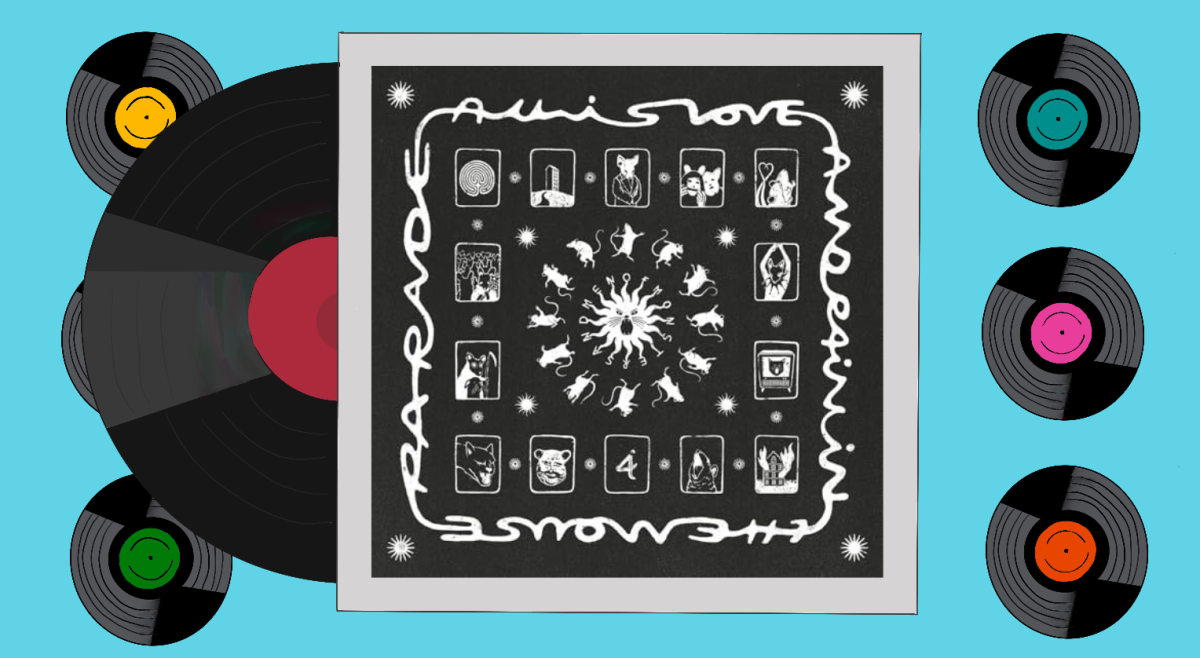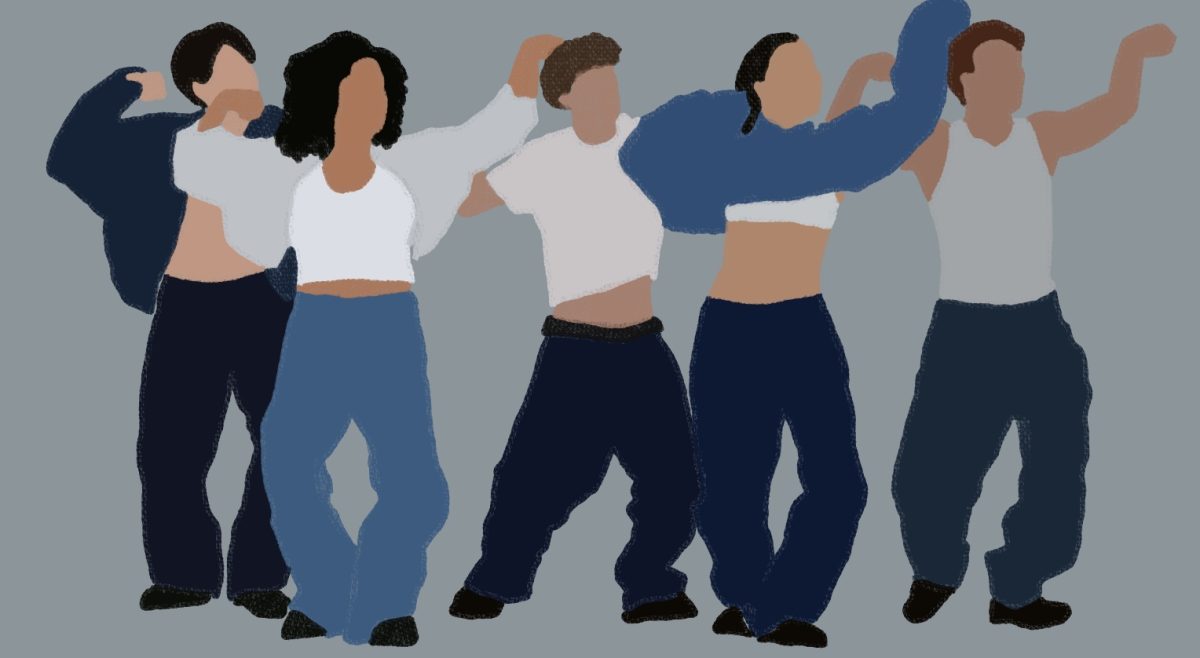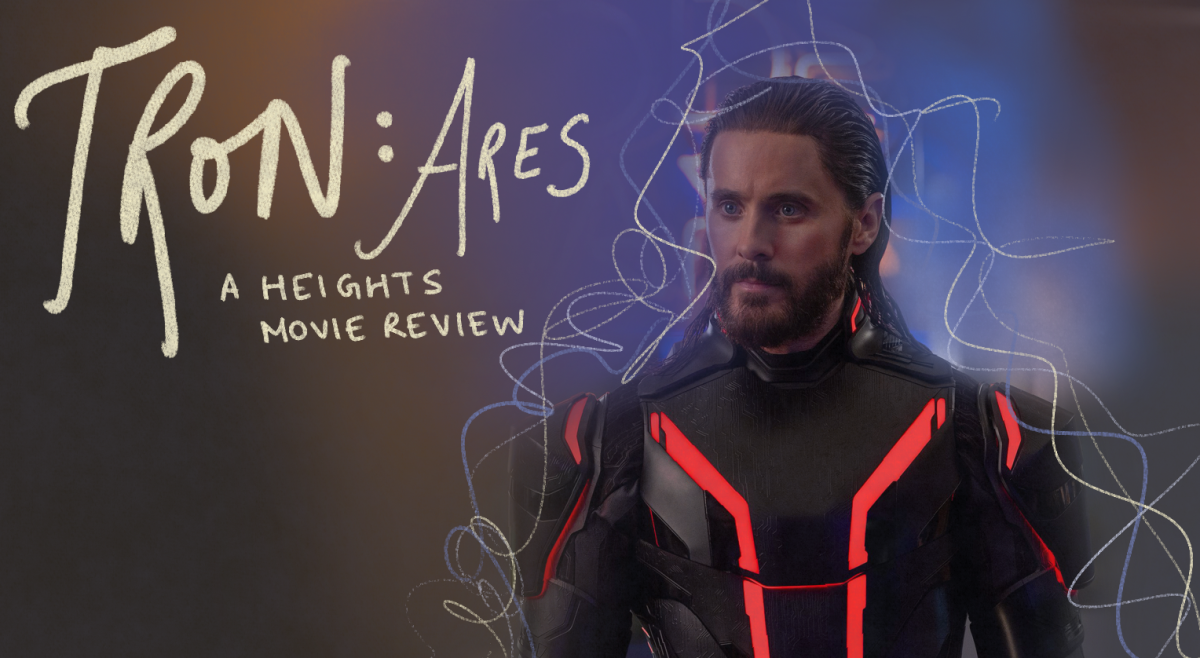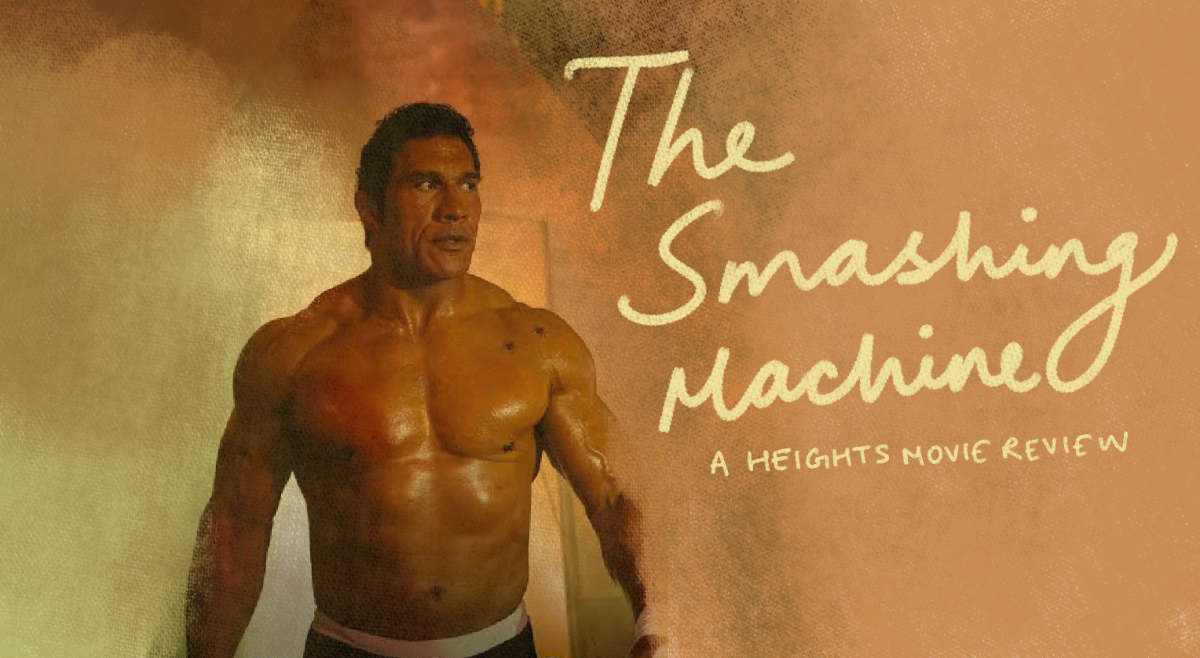★★★★☆
Edward (Sebastian Stan), like many, is convinced that if he looked different, his life would be easier.
“All unhappiness in life comes from not accepting things as they are,” blurts a secondary character in response to Edward, the antihero of director Aaron Schimberg’s A Different Man.
His words, however, slip through both Edward and the viewer’s mind. They seem an insensitive piece of advice to offer someone who suffers from neurofibromatosis, a medical condition that has completely deformed Edward’s face.
Stan, under multiple layers of makeup, convincingly plays a “could-be” character. If only he could look like a normal person, Edward obsessively tells himself, he could become the things he wishes to be: a respected actor, a love interest to his neighbor, a friend to his co-workers.
Initially, it is easy to sympathize and agree with him. After all, is it not convenient to blame our inability to get a certain job, person, or opportunity on things out of our control? This is exactly the attitude that Schimberg satirizes through his main character.
The camera follows Edward’s life intrusively, through constant close-up shots of a person who ultimately desires to be invisible. But far from being depressing, the film succeeds in sticking to its comedic approach.
We begin to pick up on Schimberg’s dark humor when Edward accepts the most horrible side effects of a radical cosmetic procedure in order to become the “different man” the film’s title promises.
Through the procedure, Edward’s face becomes a malleable layer of flesh that he rips off layer by layer, in multiple grotesque scenes, to represent the character’s metamorphosis into a new, unrecognizable person.
But in a satirical, noir style, despite his painful physical process and convictions of a better future, Edward doesn’t have much luck with a movie star face like Stan’s, either.
His rebrand seems successful initially, as he fakes his own death and claims to be a man called Guy in an attempt at a fresh start. He reconnects with his neighbor Ingrid (Renate Reinsve), this time as a boyfriend, and becomes the lead actor in Edward, a play Ingrid writes about her supposedly dead friend.
That is, until Oswald (Adam Pearson) comes along, a man who looks exactly like Guy before his cosmetic transformation.
Oswald is a direct reflection of Edward, only his personality completely contrasts Stan’s awkward, self-deprecating, and passive character—both as Edward and as Guy.
Although Oswald is introduced to us only in the second half of the film and has far less screen time than other characters, his confidence and charm quickly earn him a spotlight in the film and the world within the film.
Soon, Oswald takes the role of Guy in Ingrid’s play, leaving our protagonist on the outskirts again, a voyeur of his could-be life. In comedic close-ups, we witness Stan’s consistent frown as he watches his facially deformed friend Oswald get everything he wants, and more.
Sure, Schimberg hyperbolizes the power of confidence to point out Edward’s missed possibilities, but the result is funny rather than ridiculous. This is done through Pearson’s outstanding job in convincing the audience that the world cares more about the way he carries himself than his looks.
Like a Greek tragedy, A Different Man reveals the protagonist’s fate from the beginning.
In an early scene, a leak on the ceiling of Edward’s old apartment hints at his lack of character arc: Edward merely treats the leak by placing a bucket underneath it, which begins to overflow, instead of repairing the ceiling. Once he becomes Guy, the leak finally forms a hole on his ceiling, prompting the visit of a repairman-prophet.
“I don’t have the materials for this,” the repairman says. “This should’ve been fixed sooner.”
Like his ceiling, Edward is irremediable. Or at least, it becomes clear the protagonist has rushed into a solution without caring to look at the root of the issue.
Toward the end, the film’s pace quickens, and Guy’s misfortunes—brought upon himself, mostly—increase exponentially. The film seems to abandon its protagonist, by offering only snippets of his life as he grows into an older and increasingly bitter man, not giving the audience a chance to connect with him once again.
But the silver lining is clear: we often stand in our own way toward success. This message, delivered by Stan, Reinsve, and Pearson’s impeccable acting, Schimberg’s humor, and Wyatt Garfield’s astounding cinematography, put A Different Man a level above A24’s most recent compelling projects.













